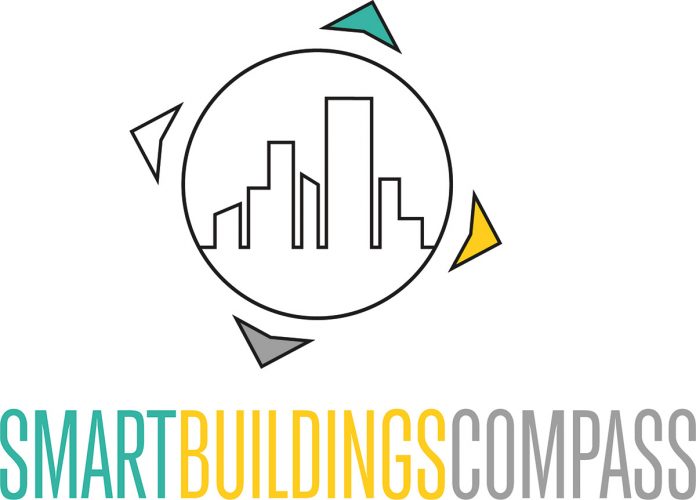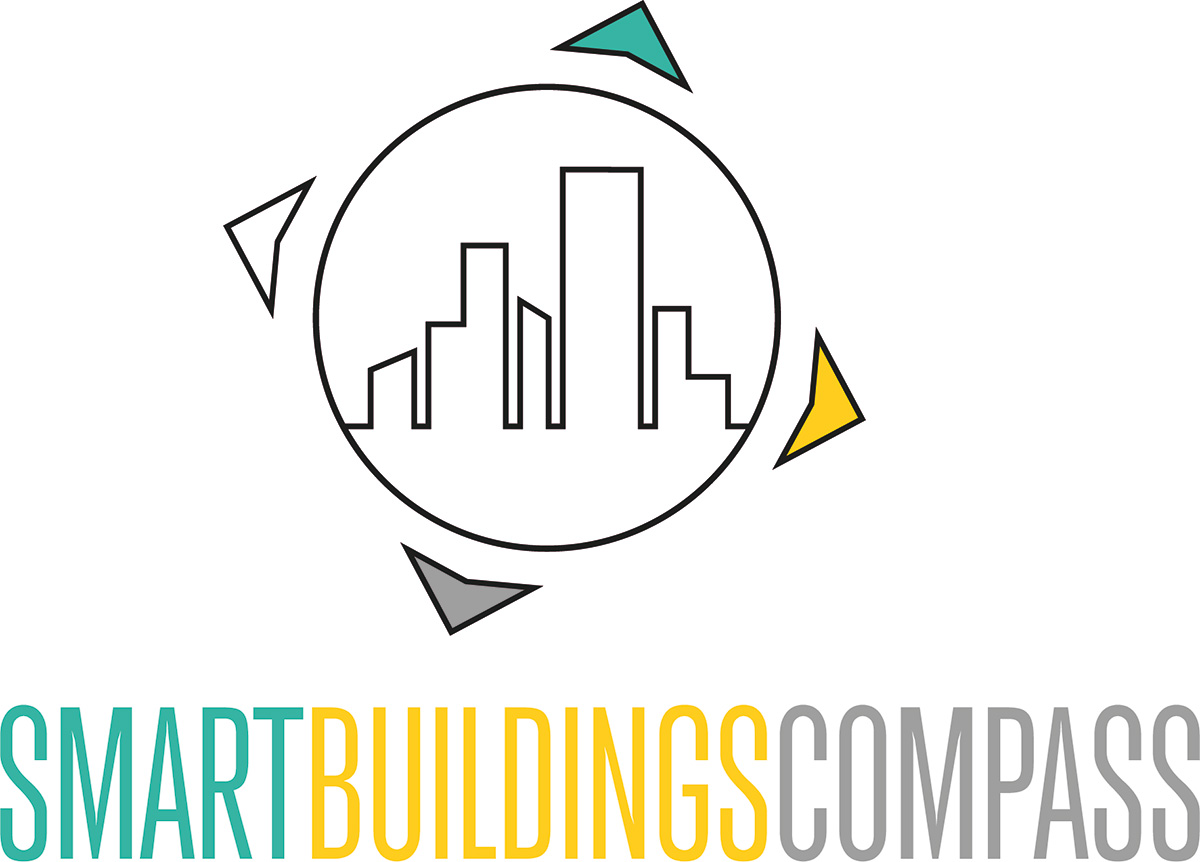The supply chain is a network of modes and means of transport that ensures the uninterrupted movement of goods from origin to destination. In a widely used definition, the supply chain is referred to as the network of organizations involved, through upstream and downstream links, in the various processes and activities of creating value in the form of products and services for the end customer.
This network includes planning, execution and control of all activities related to the flow of materials and information, as well as the purchase of raw materials until the final delivery of the product to the customer. In brief, this includes ordering, delivery and payment. This creates networking and also interdependence among the participants.
Especially during the Covid 19 pandemic, the importance of supply security along supply chains has become visible. Disruptions and delays caused bottlenecks, which in turn led to longer delivery times and price increases. This was felt particularly strongly by end consumers, who are at the end of the supply chain.
Depending on the objective, science distinguishes five different types of supply chain management:
- Collaborative SCM: The goal is high demand predictability and high customer loyalty
- Lean SCM: The goal is to reduce waste
- Agile SCM: The goal is to react quickly with low predictability of customer demand
- Fully flexible SCM: The aim is to maintain supply chains even in crisis situations
- Campaign SCM: The goal is to adapt to the project business, and to match individual customer needs,
Image Tom Fisk via Pexels






